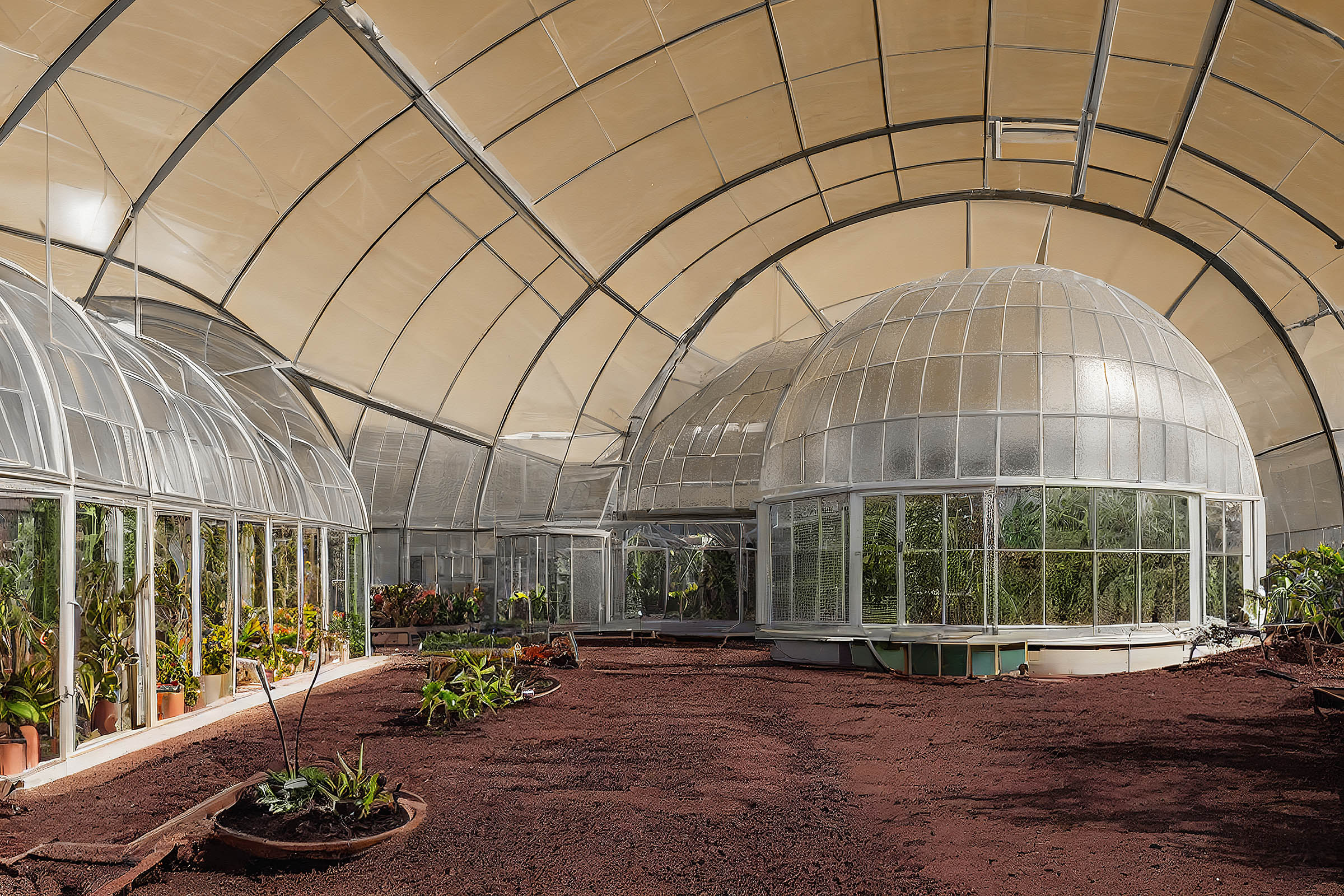NASA has officially kicked off one of its biggest and most intriguing experiments to date. The experiment will see four non-astronauts locked in NASA’s fake Mars base, which will help simulate what it might be like for four humans to live within a small, confined space cut off from the normal luxuries of life, like cell phones, internet, and TV while living on Mars.
This particular experiment is the first of three planned missions known as the Crew Health and Performance Exploration Analog (CHAPEA) missions. The participants, which include research scientist Kelly Haston, structural engineer Ross Brockwell, emergency physician Nathan Jones, and Anca Selariu, a US Navy microbiologist, will remain within the 3D-printed environment for 378 days.
The experiment is meant to test the effect that such isolated, yet cramped, quarters might have on the human body and mind. Maintaining good physical and mental health will be important for all four of these participants, and will help NASA see how an extended stay on planets like Mars might affect human astronauts well into the future.

Understanding exactly how this NASA fake Mars base will affect people is important to help shape how NASA approaches mental and physical health concerns in future deep space missions, including the Artemis missions that will see astronauts taking up temporary residence on the Moon for longer studies.
The experiment is no joke, either. NASA says that the simulation includes private crew quarters, a kitchen, and areas for medical, recreation, fitness, work, and crop growth activities. There are also technical work areas and two bathrooms. During the simulation, the participants will need to manage equipment failures, environmental stresses, and resource limitations.
They’ll also be performing simulated spacewalks as well as growing crops in a similar fashion to what NASA hopes will be possible when astronauts finally make a manned mission to Mars. We’re still a long way from reaching the point of colonizing another planet like they do in science fiction movies and books. But this simulation, and those that follow, will hopefully set a groundwork for the space agency to rely on in the future.








